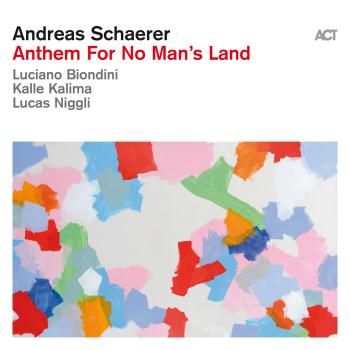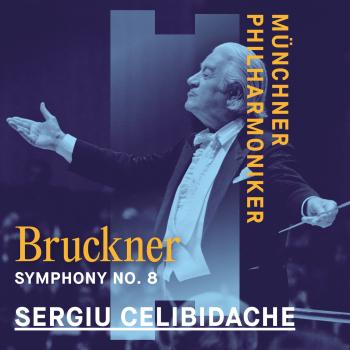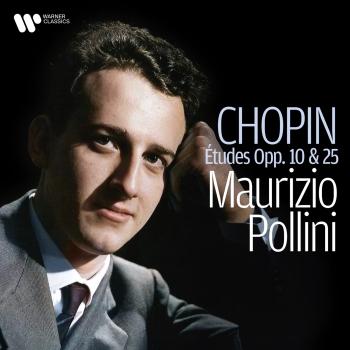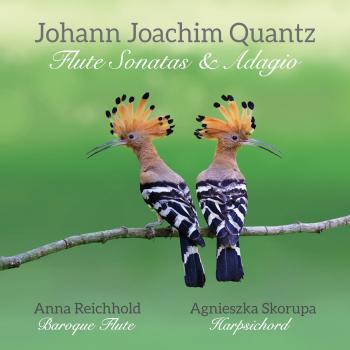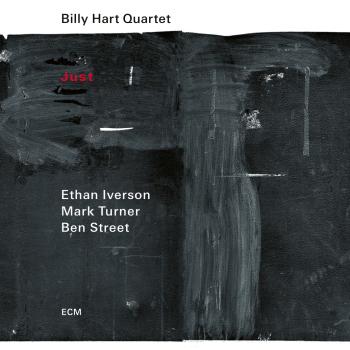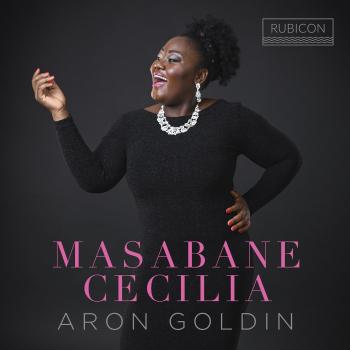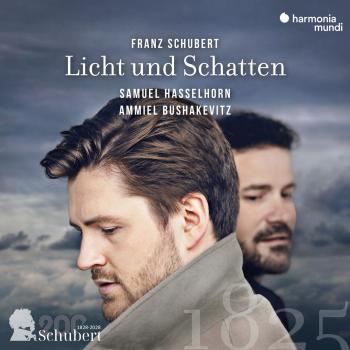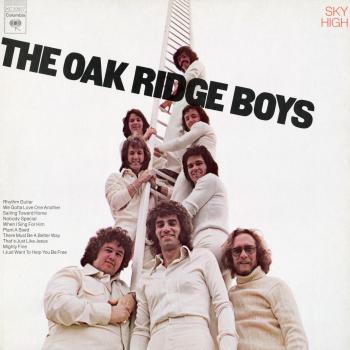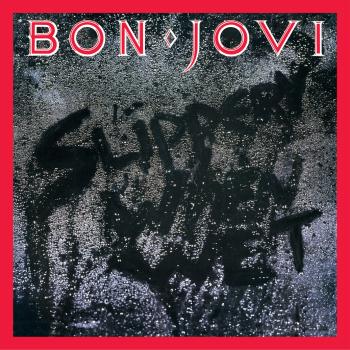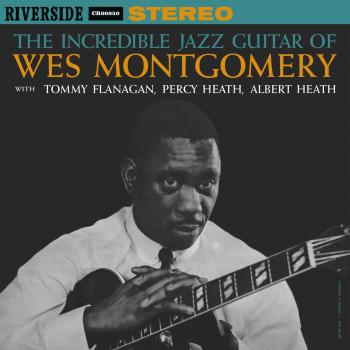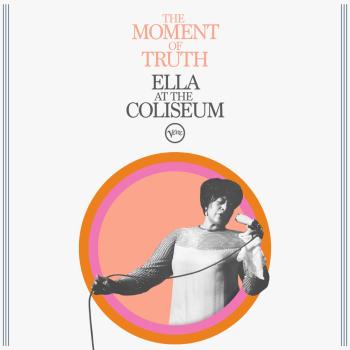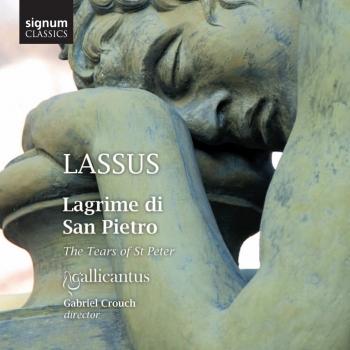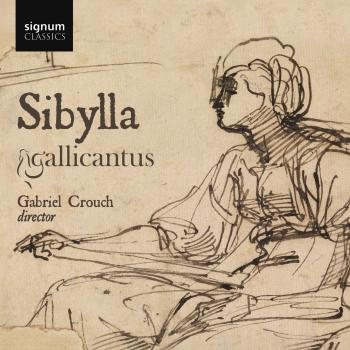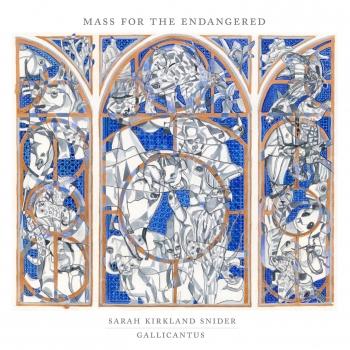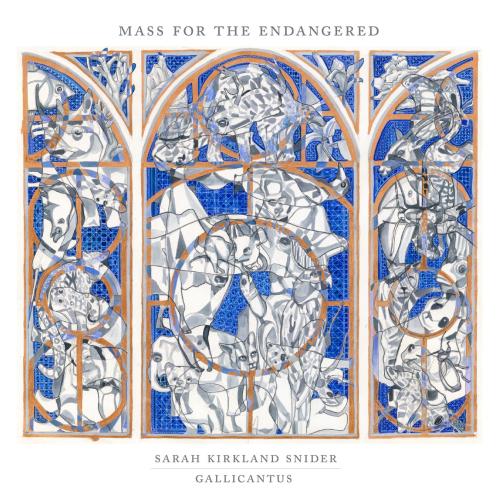
Sarah Kirkland Snider: Mass for the Endangered Gallicantus & Gabriel Crouch
Album info
Album-Release:
2020
HRA-Release:
25.09.2020
Label: New Amsterdam/Nonesuch
Genre: Classical
Subgenre: Choral
Artist: Gallicantus & Gabriel Crouch
Composer: Sarah Kirkland Snider
Album including Album cover Booklet (PDF)
I`m sorry!
Dear HIGHRESAUDIO Visitor,
due to territorial constraints and also different releases dates in each country you currently can`t purchase this album. We are updating our release dates twice a week. So, please feel free to check from time-to-time, if the album is available for your country.
We suggest, that you bookmark the album and use our Short List function.
Thank you for your understanding and patience.
Yours sincerely, HIGHRESAUDIO
- Sarah Kirkland Snider: Mass for the Endangered:
- 1 Mass for the Endangered: Kyrie 06:44
- 2 Mass for the Endangered: Gloria 06:11
- 3 Mass for the Endangered: Alleluia 04:19
- 4 Mass for the Endangered: Credo 08:03
- 5 Mass for the Endangered: Sanctus - Benedictus 07:02
- 6 Mass for the Endangered: Agnus Dei 10:01
Info for Sarah Kirkland Snider: Mass for the Endangered
"Ravishingly melancholy." Composer Sarah Kirkland Snider’s Mass for the Endangered is the fourth record in a partnership between New Amsterdam and Nonesuch Records. Snider’s Mass, with a libretto by poet/writer Nathaniel Bellows, is a celebration of, and an elegy for, the natural world – animals, plants, insects, the planet itself – an appeal for greater awareness, urgency, and action. Originally commissioned by Trinity Church Wall Street, this recording features the English vocal ensemble Gallicantus conducted by Gabriel Crouch. The six-movement Mass for the Endangered is a rumination on the concept of the traditional Catholic Mass, its fidelity enhanced by Snider’s interpolation of traditional Latin text for the Gloria, Sanctus/Benedictus, and parts of the Kyrie, Credo, and Agnus Dei.
The six-movement Mass for the Endangered is a rumination on the concept of the traditional Catholic Mass, its fidelity enhanced by Snider’s interpolation of traditional Latin text for the Gloria, Sanctus/Benedictus, and parts of the Kyrie, Credo, and Agnus Dei. For the album art, Bellows created an illustrated triptych of endangered flora and fauna that evoke medieval Christian altarpieces and stained-glass windows.
Snider explains, “The origin of the Mass is rooted in humanity’s concern for itself, expressed through worship of the divine—which, in the Catholic tradition, is a God in the image of man. Nathaniel and I thought it would be interesting to take the Mass’s musical modes of spiritual contemplation and apply them to concern for non-human life—animals, plants, and the environment. There is an appeal to a higher power—for mercy, forgiveness, and intervention—but that appeal is directed not to God but rather to Nature itself.”
Growing up in Princeton, NJ, one-time home of the American Boychoir School, Snider attended that venerable institution’s co-ed summer camp as a youth: “I attended for five summers. I fell in love with choral singing there, and later sang with the Princeton High School Choir, which was at the time one of the most celebrated high school choirs in the country. These experiences were profoundly formative for me, and I learned a lot of the choral repertoire. I felt very at home in that music, but I hadn’t yet had a chance to explore it in my writing in a significant way. The Mass was my first large choral commission, and I was thrilled to immerse myself in memories of singing the Mozart, Brahms, and Fauré Requiems, the Palestrina and Byrd Masses, the Bach chorales.
“Rather than consciously upend those traditions,” she continues, “I wanted to open the gates in my mind between centuries-old European vocal traditions and those of more recent American vernacular persuasion, and write from a place where differing thoughts about line, text, form, and expression could co-exist.”
Recently called a “significant voice on the American music landscape” by the Philadelphia Inquirer and “an important representative of twenty-first century trends in composition” by New York Classical Review, composer Sarah Kirkland Snider writes music of direct expression and vivid narrative that has been hailed as “rapturous” by the New York Times, “groundbreaking” by the Boston Globe, and “poignant, deeply personal” by the New Yorker. With an ear for the poetic and the architectural, Snider’s music draws upon a variety of influences to render a nuanced command of immersive storytelling. Of her orchestral song cycle, Penelope, Pitchfork said: “Snider’s music lives in … an increasingly populous inter-genre space that, as of yet, has produced only a few clear, confident voices. Snider is perhaps the most sophisticated of them all.”
Snider’s works have been commissioned and performed by the New York Philharmonic, the San Francisco Symphony, the National Symphony Orchestra, the Detroit Symphony Orchestra, the Indianapolis Symphony Orchestra, the Kansas City Symphony, and the St. Paul Chamber Orchestra; the Residentie Orkest Den Haag, Aarhus Symfoniorkester, Britten Sinfonia, and National Arts Centre Orchestra; violinist Anne Akiko Meyers, percussionist Colin Currie, and vocalist Shara Nova (formerly Worden); eighth blackbird, A Far Cry, Ensemble Signal, The Knights, and yMusic; Roomful of Teeth, Cantus, and Trinity Wall Street Choir, among many others. Penelope and Unremembered, her first two LPs, earned critical acclaim from NPR, the New York Times, Washington Post, Los Angeles Times, Boston Globe, the Nation, and Pitchfork. Her music is published by G. Schirmer, Inc.
Gallicantus
Gabriel Crouch, direction
Gallicantus
The membership of Gallicantus, comprising some of Britain’s nest consort singers, is bound by a belief in the rhetorical power of great Renaissance music. Under the direction of Gabriel Crouch, the group creates performance projects which explore narratives and draw out unifying themes within apparently diverse repertoire. Literally meaning ‘rooster song’ or ‘cock crow’, Gallicantus was a name used in monastic antiquity for the office held just before dawn, which celebrated the renewal of life and offered a sense of gratitude and optimism for the coming day.
Gallicantus has performed in many significant venues and festivals in the UK (Wigmore Hall, Spital elds Festival, York Early Music Festival), Germany, Austria, Poland, Italy, Belgium, the Netherlands, Estonia and Norway. In the USA the group holds regular residencies at universities such as Yale and Princeton, giving concerts and interacting with student vocalists and composers, and has recently made its debut at Carnegie Hall.
Gallicantus regularly releases benchmark programmes on CD on the Signum label, which form the basis of their concert programmes. With “Hymns, Psalms and Lamentations”, dedicated to the music of Robert White, critics acclaimed an “impressive debut” (Observer) of “impassioned, exciting music” (The Times), whilst Gramophone Magazine declared: “What an outstanding disc... The opening of the Lamentations could stand as a kind of illuminated initial at the beginning of a gorgeous manuscript, so transparent and luminous is it.” Their second recording “Dialogues of Sorrow - Passions on the Death of Prince Henry (1612)”, was described as “one of the best choral releases of the year” by TheArtsDesk.com, possessing “singing of clarity, suppleness and poignancy” (Daily Telegraph); whilst International Record Review proclaimed “... this is a well sung, intelligently produced and exhaustively researched project, which deserves great success.”
The 2012 release “The Word Unspoken”, featuring music by William Byrd and Philippe de Monte was equally well received, with The Sunday Times saying “The intensity of the music is reflected in Gallicantus’s beautifully shaped performances”. It was named ‘Editor’s Choice’ in Gramophone Magazine, which noted that “the ensemble’s view is delivered with such intelligence and rhetorical persuasiveness that the cumulative weight of their Byrd, in particular, is well-nigh symphonic in effect.” The group’s fourth CD - the remarkable Lagrime di San Pietro by Lassus, has cemented Gallicantus as one of Europe’s foremost early music ensembles, earning a second consecutive ‘Editor’s Choice’ selection from Gramophone, as well as nomination for a coveted Gramophone Award in 2014.
Elizabeth Kenny
is one of Europe’s leading lute players. Her playing has been described as “incandescent” (Music and Vision), “radical” (The Independent on Sunday) and “indecently beautiful” (Toronto Post). In twenty years of touring she has played with many of the world’s best period instrument groups, including extended spells with Les Arts Florissants and the Orchestra of the Age of Enlightenment. She has an extensive discography of collaborations with chamber ensembles across Europe and the USA, and her own repertoire interests have led to critically acclaimed recordings of solo music from the ML Lute Book, and songs by Lawes, Purcell and Dowland. In 2007 she formed Theatre of the Ayre, who have become known for their innovative approach to seventeenth century music for voices and instruments. In 2011 she was shortlisted for the Royal Philharmonic Society Awards in the best instrumentalist category.
She was a member of the artistic advisory team for the York Early Music Festival from 2011-2014. She returned to York in 2016 with Theatre of the Ayre as judge for the National Centre for Early Music’s Young Composers’ Award, as part of a growing commitment to new work for lute and theorbo: She has given premiere performances of solo and chamber pieces by James MacMillan, Benjamin Oliver, Heiner Goebbels and Rachel Stott.
Elizabeth taught for two years at the Hochschule der Künste, Berlin, and is Professor of Musical Performance at Southampton University and Professor of Lute at the Royal Academy of Music. She guest-edited a Dowland-themed issue of Early Music to celebrate the 450th anniversary of the composer’s birth in 2013, and is the author of occasional articles on seventeenth century performance.
Booklet for Sarah Kirkland Snider: Mass for the Endangered

